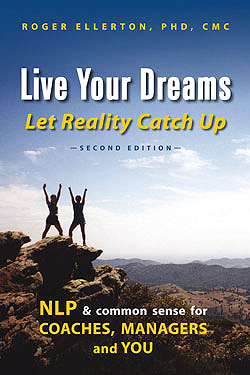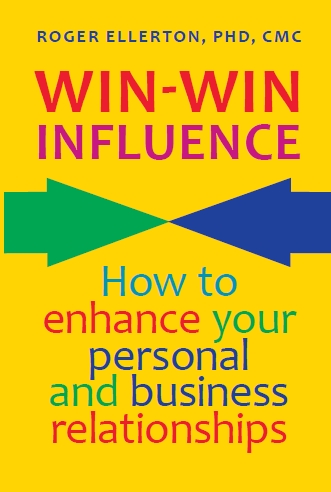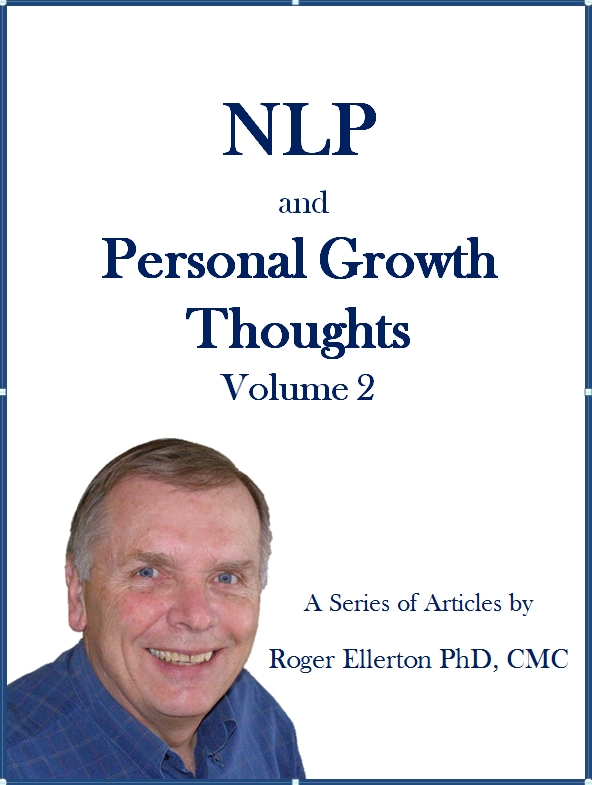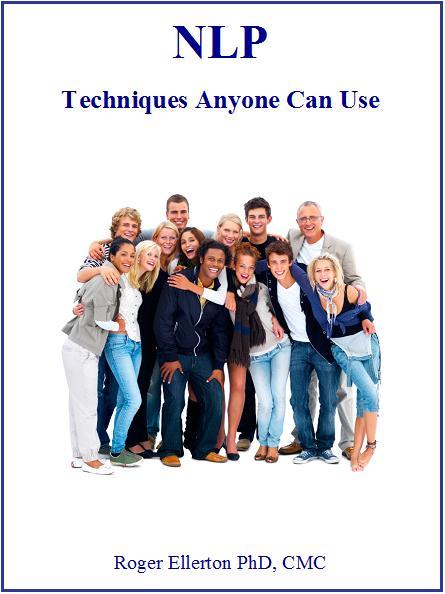Getting to the Root of the Problem
By Roger Ellerton Phd, ISP, CMC, Renewal Technologies Inc.
This article may not be republished without written permission from Roger Ellerton/Renewal Technologies Inc. If you republish this article without permission, you will be in violation of copyright law and sent an invoice. You may share this and other pages with your friends by linking directly to this page from your website or blog.
When addressing a problem or issue, coaches, counselors, consultants, managers, parents and even ourselves often focus on the symptom, use a 'bandage' to cover it up and then wonder why the problem or issue is not resolved.
To fully address a problem or issue, the root cause must be identified and resolved. A process developed by Toyota in the 1970's and regularly referred to as the 'Five Whys' is effective in uncovering the root cause of the problem or issue and the process that gave rise to it. Basically the process involves asking 'Why' about five times as you look for more specific answers.
This very useful technique can be improved using the following NLP concepts:
- There are more effective questions than those that begin with why.
- The process developed by Toyota is based on becoming more specific.
- In order to get truthful answers, those participating in the process must feel safe and not feel judged or attacked.
In NLP, we prefer to avoid using a 'Why' question. When you ask someone "Why?", often they may feel threatened and feel they have to defend what they or their colleagues have said or done, thus making excuses or rationalizing their behaviour. If this occurs, there will be little opportunity for determining the root cause or resolving the issue. Asking questions such as, "What specifically is wrong?", "How did this occur?" or "What gave rise to this problem?" focuses our attention on the problem and the process that gave rise to it. Hence we have a clearer focus, more information and an understanding of what exactly is wrong and how the process can be improved. If you are a coach working with a client, it may be more effective to talk about your client's strategy (rather than the process) and how the strategy can be changed to get a different result.
Asking questions in order to become more specific is referred to in NLP jargon as 'chunking down'. To get a clearer understanding of the problem and how it occurred, we may ask any of the following questions:
- How, what, where, who, when specifically? E.g. What caused this problem? How did this occur?
- What is a component of this? E.g. Focus on a particular component, part, or action.
- What is an example of this?
The exact questions you will ask depend on the situation.
In summary, the objective of Toyota's 'Five Whys' process is to gain clarity on what is the problem and how the process (or strategy) can be adjusted to get an improved result in the future. The basic steps are:
- Start with the end result, or symptom.
- Chunk down or get more specific by asking questions such as the above, while avoiding 'Why' questions. This step is repeated about five times.
- Create a space of safety and trust for those involved in the process.
To illustrate, assume we are meeting with our production team as a major client has registered a complaint.
- Who specifically is complaining? Answer: The President of ABC company.
- What specifically is he/she concerned about? Answer: The quality of our last shipment.
- Which product(s) and from where was it shipped/produced? Answer: DVDs from our California plant.
- What specifically was the problem? Answer: The shipment did not meet their specified criteria.
- How did that occur? Answer: This company has special needs that were not communicated to the production department.
- How is it that the production department was not aware of these special needs? Answer: There is no space on the order form to indicate this requirement.
- If this information had been available to production, could we have met his needs? Answer: Yes.
Sometimes there maybe more than one path to follow. In the previous example, the client may have been upset with the quality of the product and failure to deliver on time. Here we have two paths to follow. You should always look for a second or third path as the first path may be the most obvious and not the one with the greatest impact.
This easy to use process can be used in a variety of situations: customer service, quality control, a coach assisting a client, a parent assisting their child with a problem at school, a manager uncovering problems with his/her team, ... . It can also be used to gain clarity on a future desired outcome and the process required to achieve it. In fact you are only limited by your imagination.
Author: Roger Ellerton is a certified NLP trainer, certified management consultant and the founder and managing partner of Renewal Technologies. The above article is based on his book Live Your Dreams Let Reality Catch Up: NLP and Common Sense for Coaches, Managers and You.
Copyright © 2006, Renewal Technologies Inc. All rights reserved.








